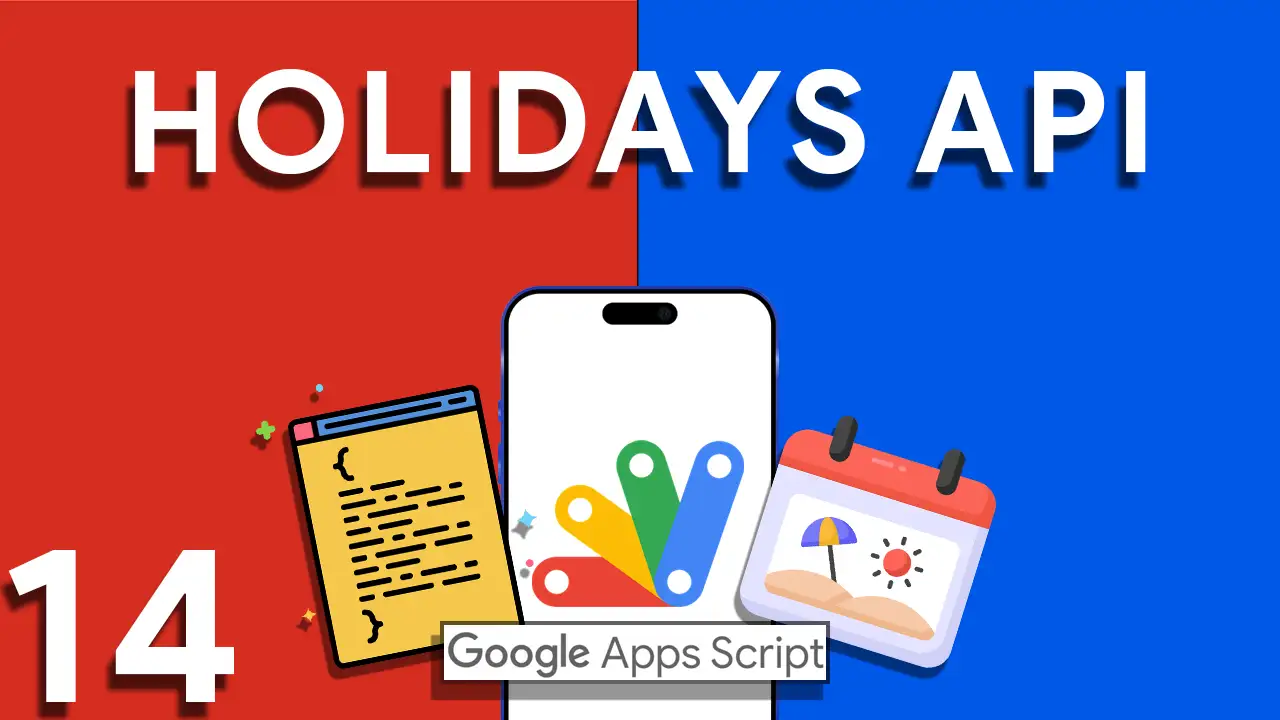Building on the concepts introduced in our previous tutorial on custom login functionalities, this article explores the next layer of sophistication in AppSheet app development—dynamic view visibility based on session statuses. This advanced tutorial is designed for AppSheet developers eager to enhance both the security and user experience of their applications through meticulous session management and tailored user interfaces.
Effective session management is critical in maintaining a secure and efficient user experience. By controlling session statuses and corresponding view visibility, developers can ensure that users access only the relevant parts of an app at appropriate times, enhancing both security and usability.
Implementing Session Status with Custom Expressions
To manage session statuses dynamically, we use a custom expression that evaluates whether a user’s login session is ongoing or expired based on a predefined timeout period. Here’s an insightful expression:
IF([LoginValid],
IF(
NOW() < ([Timestamp] + "000:03:00"),
"Ongoing",
"Expired"
),
"Expired"
)This expression checks if the user’s login is valid ([LoginValid]). If so, it further checks if the current time (NOW()) is within the session timeout period (e.g., 3 minutes from the login timestamp [Timestamp]). Depending on these conditions, it returns “Ongoing” for active sessions or “Expired” for inactive ones.
1. Setting Up User Session Tracking
- User Table: Ensure your app’s user table includes fields for
LoginValid(a boolean indicating if the login was successful) andTimestamp(the login timestamp). - Session Status Column: Add a virtual column to evaluate the session status using the custom expression provided.
2. Configuring Dynamic Views
- View Conditions: Use the session status column to conditionally display views. For instance, only show certain app views if the session status is “Ongoing.”
- Timeout Logic: Implement actions or warnings that trigger when the session status changes to “Expired,” prompting users to re-login or save their work.
3. Enhancing User Experience
- Seamless Transitions: Design your app to smoothly transition users between views based on their session status, minimizing disruption.
- Personalized User Interfaces: Tailor the app’s interface to reflect session validity, such as showing or hiding features based on the user’s access level and session status.
-
-
- Security: Regularly review and update your session management logic to address new security threats.
- User Feedback: Incorporate user feedback to refine the session timeout period and improve the login experience.
- Testing: Conduct thorough testing with various user scenarios to ensure the dynamic session management behaves as expected.
-
Conclusion
Advanced session management and dynamic view visibility are key to creating secure, efficient, and personalized AppSheet applications. By implementing the techniques outlined in this tutorial, developers can take full advantage of AppSheet’s customization capabilities, offering users a seamless and secure app experience. Stay tuned for more insights as we continue to explore the vast possibilities within AppSheet app development.







